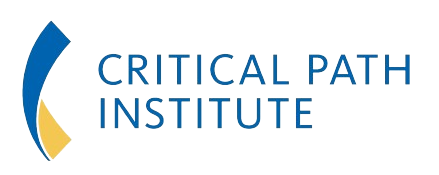February 6, 2015

European Medicines Agency Qualifies ‘Hollow Fiber System’ For Anti-Tuberculosis Drug Development
Provides major boost for improved development of TB treatment to meet major public health challenge
TUCSON, Ariz., February 6, 2015 – The Critical Path Institute (C-Path), an independent, nonprofit organization working to accelerate the process of drug and medical product development, announced today that the European Medicines Agency (EMA) rendered a positive qualification opinion on its Hollow Fiber System for Tuberculosis (HFS-TB) tool. This innovative model aids researchers in determining which drugs to combine and at what doses in order to effectively fight multi-drug resistant Mycobacterium tuberculosis (Mtb). EMA’s qualification will speed the model’s adoption by drug developers, who can now be assured that European regulatory bodies will accept supportive data from research using this method.
The HFS-TB provides a deep understanding of how drugs move through the body and exert their pharmacokinetic and pharmacodynamic effect on Mtb. This represents a significant advancement in the development of effective treatments for Mtb, as current testing models do not always predict appropriate drug dosages for human testing.
“This decision by EMA to qualify the HFS-TB offers drug developers a reliable tool to assess the potential efficacy of new drugs and combination regimens, which we hope will encourage more companies to stay in the game of developing treatments for TB,” said Martha Brumfield, Ph.D, President and Chief Executive Officer of the Critical Path Institute.
Worldwide, TB is a public health epidemic, particularly in developing countries, and kills more than one million people a year. Drug resistant tuberculosis is on the rise, with about 450,000 people in 2012 developing a version that does not respond to existing treatments. Developers of new treatments for Mtb face many challenges, including the fact that Mtb manifests very slowly, progresses through distinct stages that are difficult to detect, and affects many patients who live far from medical research and treatment facilities – all issues that the use of the HFS-TB could help address.
The effort to attain EMA qualification was led by the Critical Path to TB Drug Regimens (CPTR) program through its Regulatory Science Consortium. The Critical Path to Drug TB Regimens Initiative, launched in 2010, is a broad collaboration of industry, civil society, government, and regulatory officials working together to develop regulatory science that can be used to identify, develop, and put through formal regulatory review new methods and tools in the development of promising tuberculosis (TB) drug candidate combinations. CPTR is currently developing a laboratory manual for the HFS-TB to allow greater usability by researchers. C-Path is one of three founding partners with the Bill & Melinda Gates Foundation and the Global Alliance for TB.
About the Critical Path Institute

The Critical Path Institute (C-Path) is an independent, nonprofit organization established in 2005 with public and private philanthropic support from the Arizona community, Science Foundation Arizona, and the U.S. Food and Drug Administration (FDA). C-Path’s mission is to catalyze the development of new approaches that advance medical innovation and regulatory science, accelerating the path to a healthier world. An international leader in forming collaborations, C-Path has established seven global, public-private partnerships that currently include over 1,000 scientists from government and regulatory agencies, academia, patient advocacy organizations, and dozens of major pharmaceutical companies. C-Path is headquartered in Tucson, Arizona. For more information, visit http://www.c-path.org.
C-Path Contact:
Kissy Black
+1.615.298.1144
kissyblack@lotosnile.com



